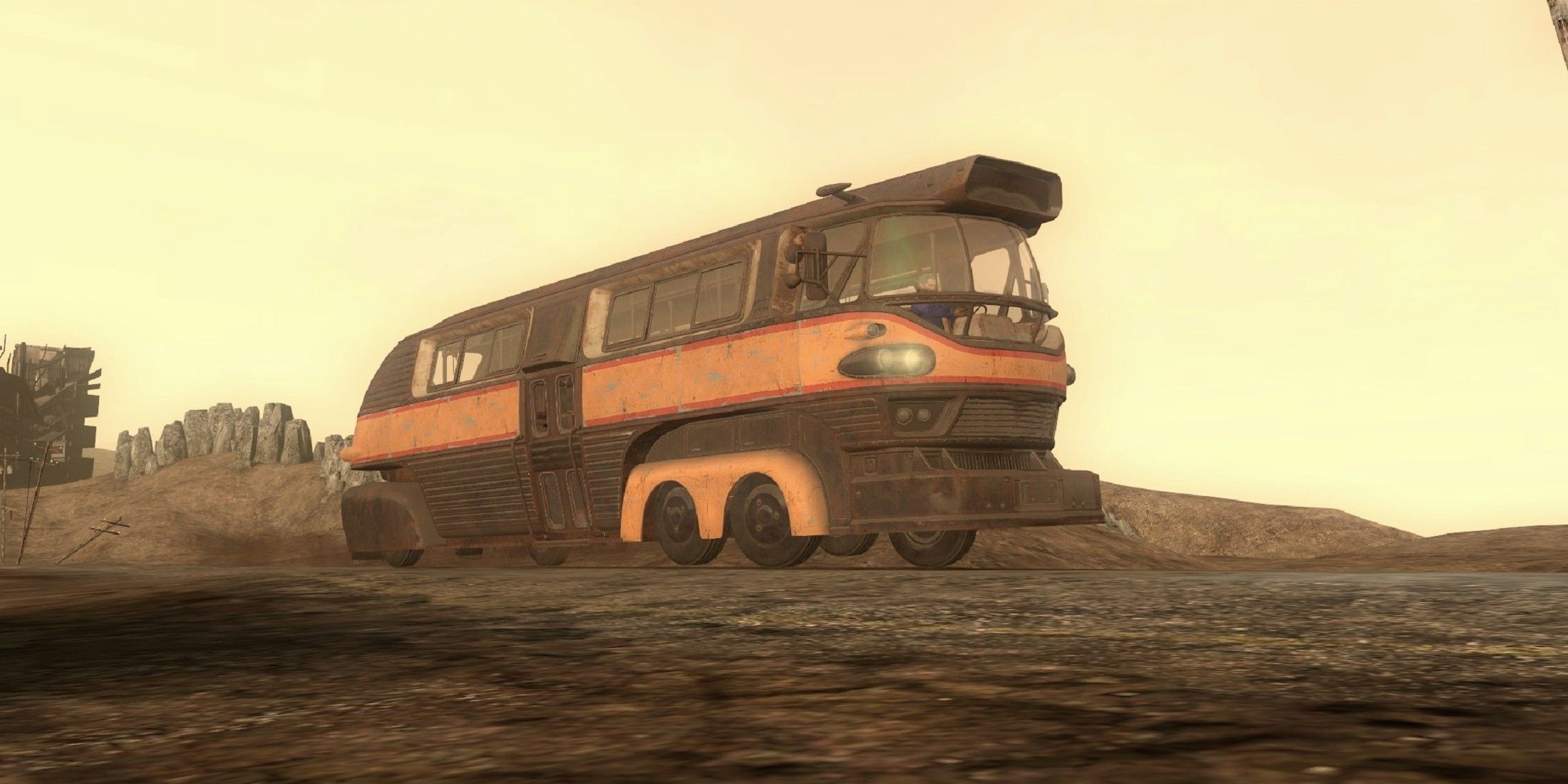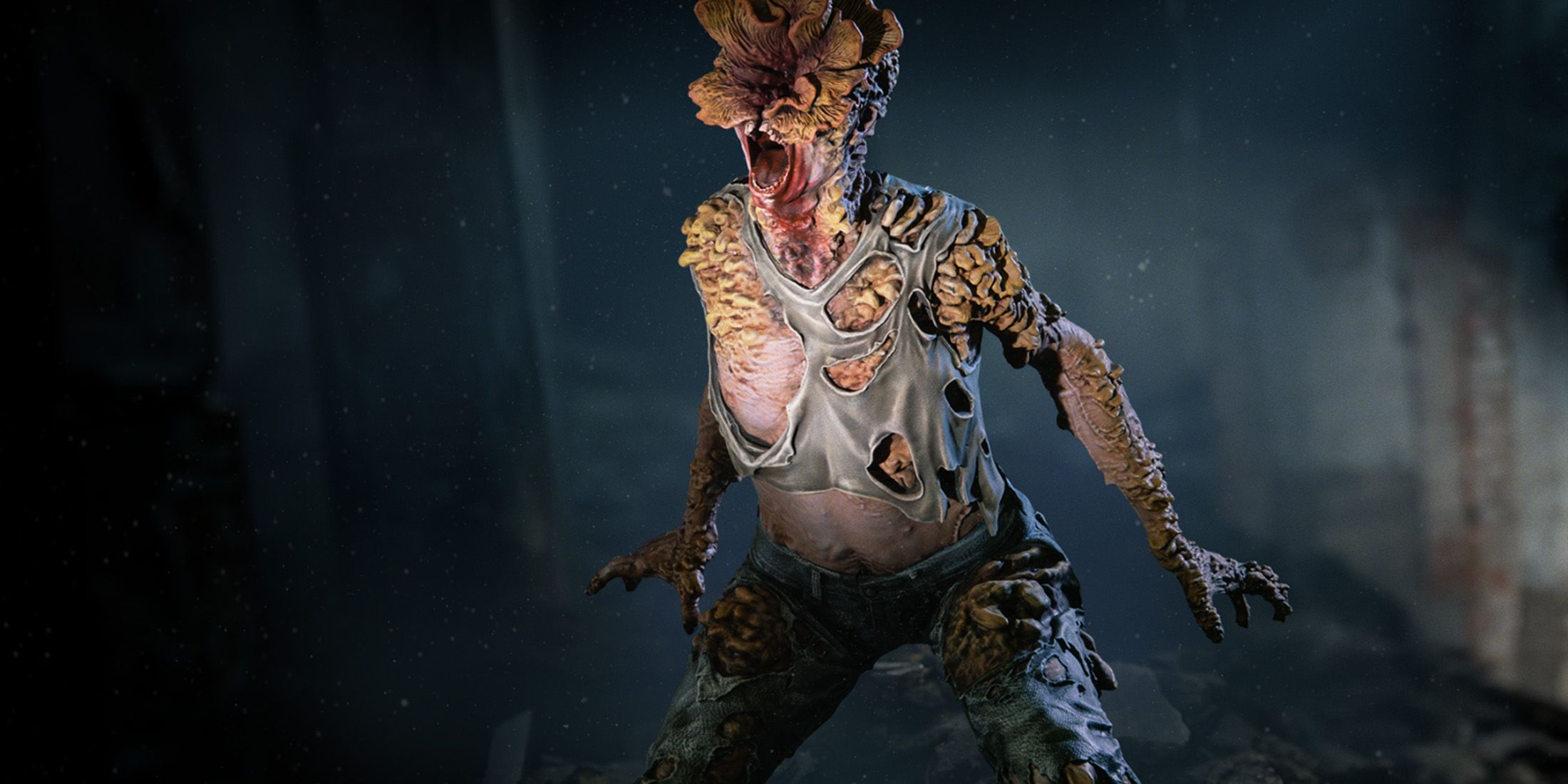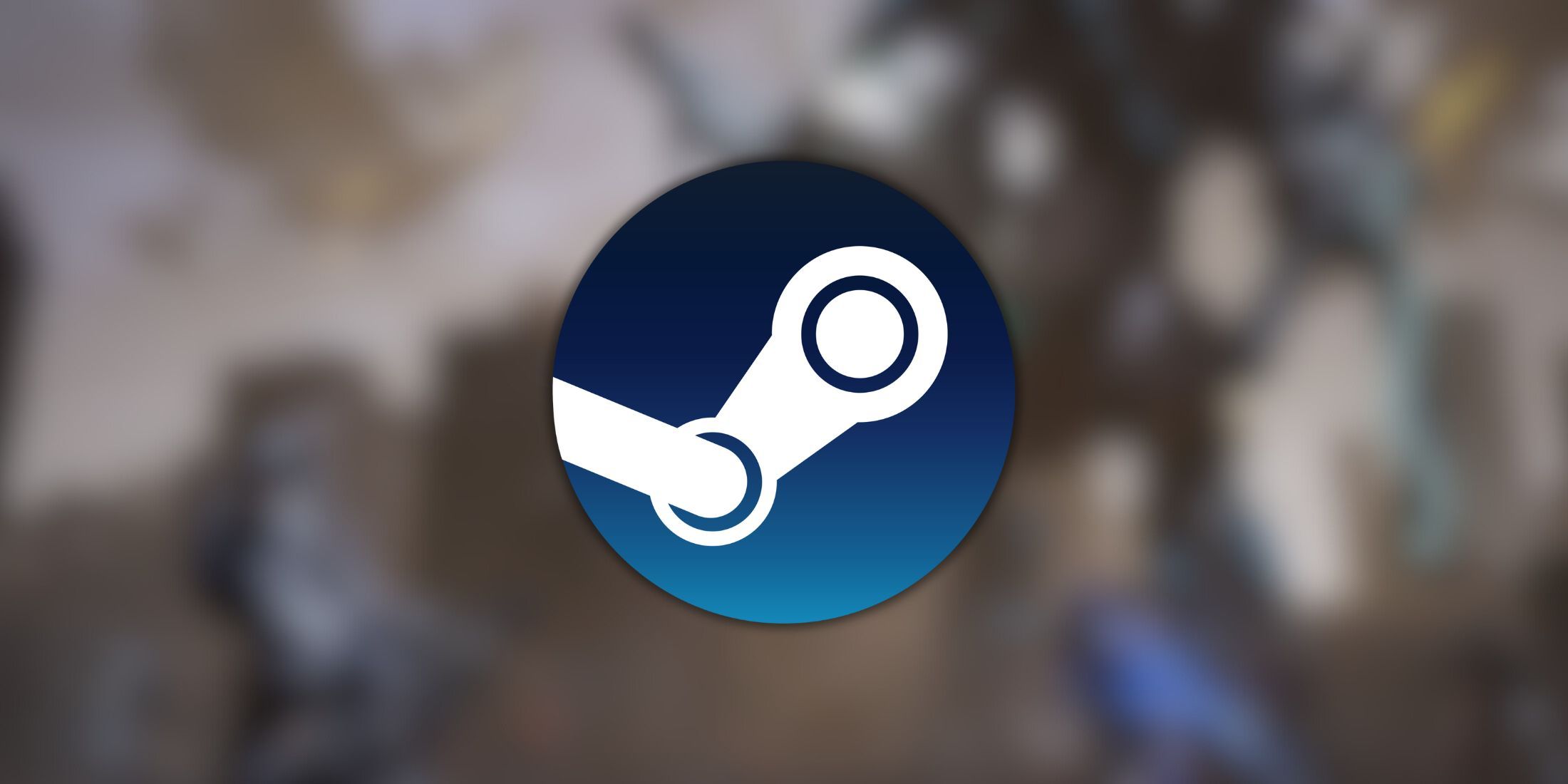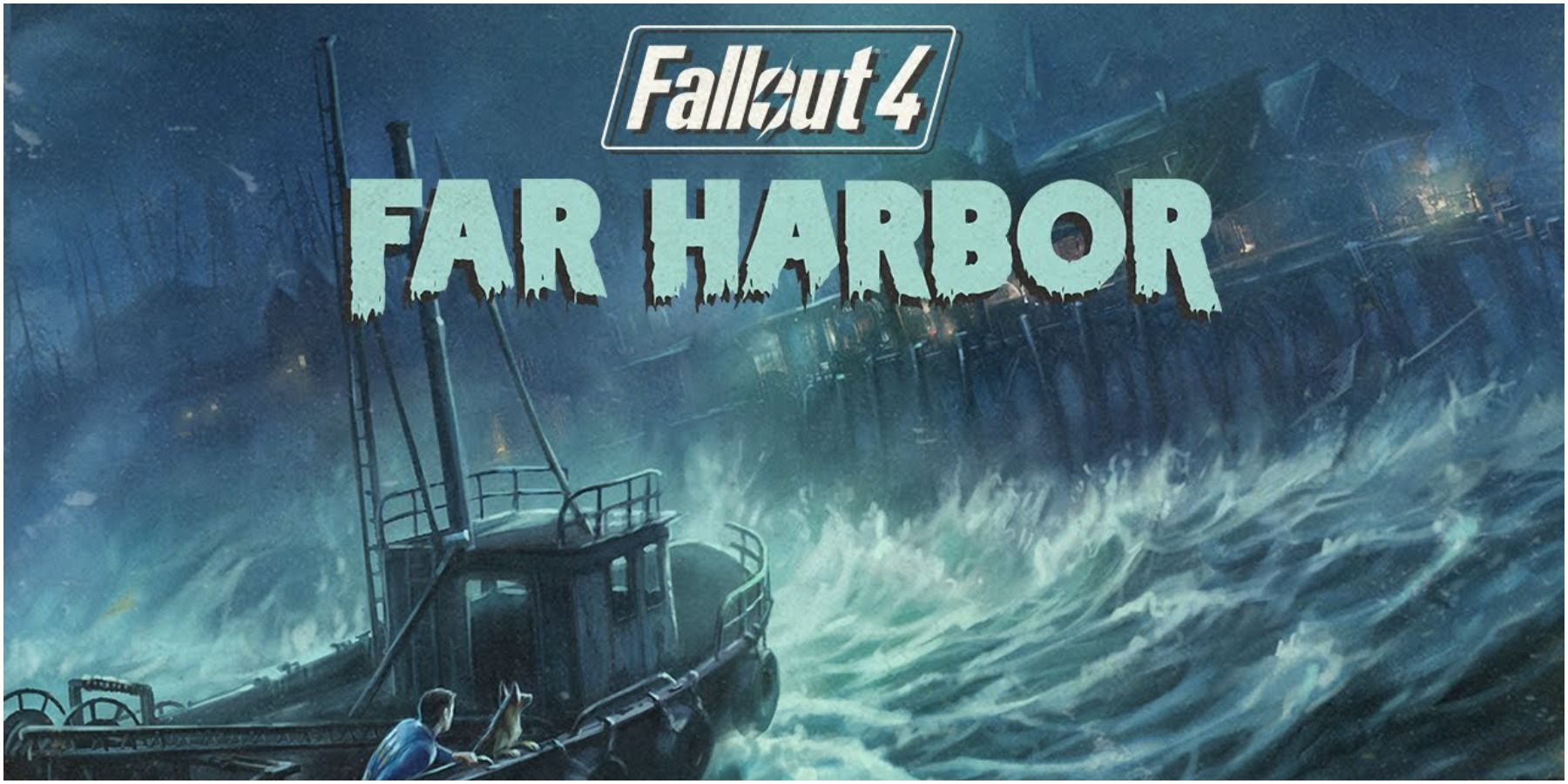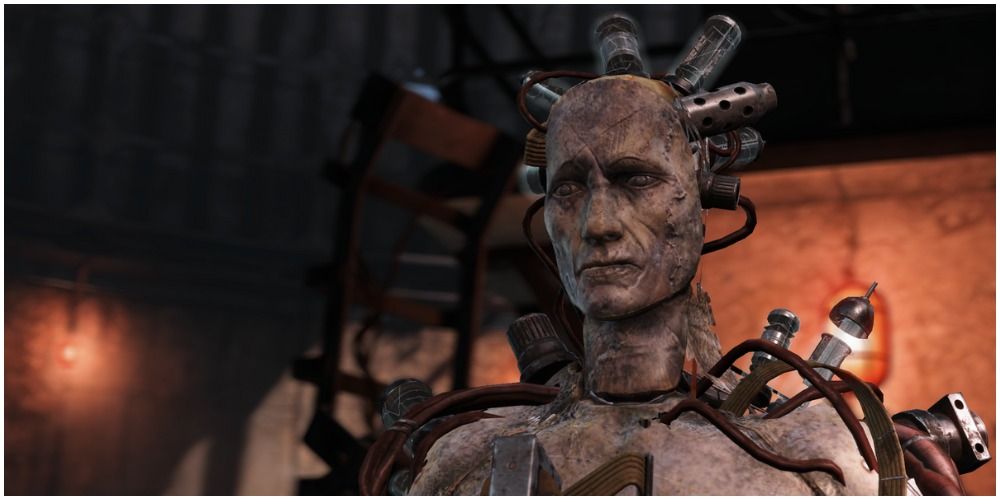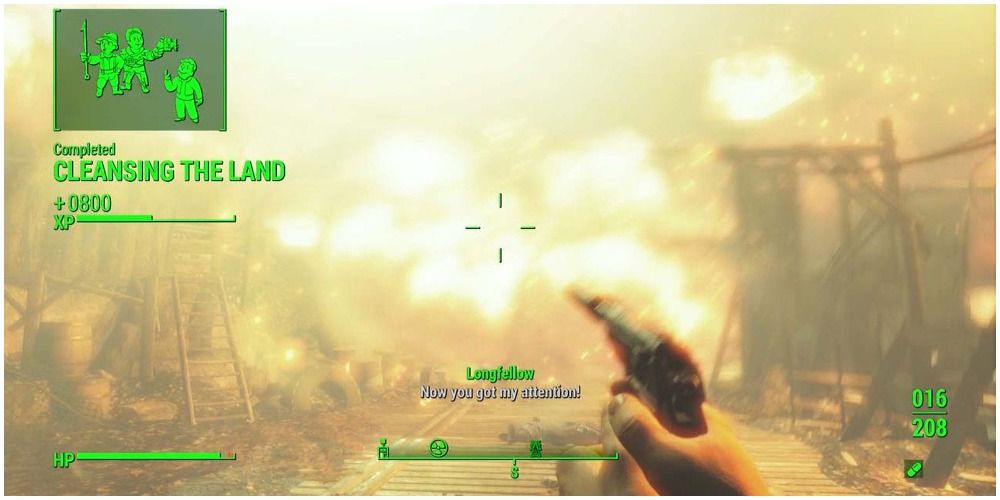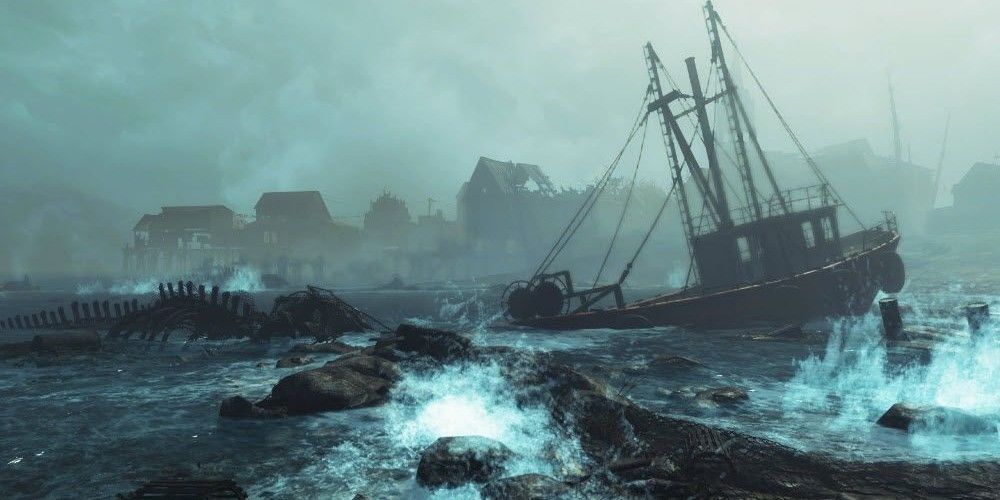The Far Harbor DLC of Fallout 4 opened a new area for players to explore, new factions to meet, and plenty of quests. However, it was the main quest that got fans onto online forums to debate. The debates in question were as to what the best ending truly was. Amidst their conversations, though, it is easy to see that Far Harbor, with all of its complications, is one of those Bethesda storylines with no good endings.
Far Harbor's main quest asks the player to decide the fate of the island, which is tangled in a war between the Children of Atom and Far Harbor. To make matters messier, there is Arcadia, which is full of synths under the leadership of a complicated character named DiMA who is trying to bring peace to the island through unconventional methods. Every ending has unsettling implications, and players are forced to come to terms with the fact that the path to peace is very difficult.
The Complications Of DiMA
DiMA is one of the, if not most, interesting characters in the Far Harbor DLC. He is a synth like Nick, though he never got a pre-war personality imprinted in him. He created a place on the island for synths to go to just be themselves. He does not approve of the Railroad, Institute, or Brotherhood of Steel in how they handle synths. He also stores memories in banks, which he sends the player to retrieve.
The memory banks have information that can destroy either the Children of Atom or Far Harbor if DiMA wanted. It is also revealed that he actually only accomplished peace with Far Harbor by killing their leader and replacing her with a synth. While he admits guilt when this memory is returned to him, his immediate idea is to then kill the leader of the Children of Atom and replace him with a synth. This shocked many players, as it made him similar to the Institute, not considering the feelings of the victim's friends and family and tearing away the freedom he promised from a synth.
Fans have debated a lot about DiMA. In DiMA's favor, his way of replacing people is a solution to peace with the least amount of deaths. However, it has the most amount of deception and confirms the fears humans have about synths. Players have to wonder how long the lie can keep going and whether DiMA truly has enough empathy to stop himself from fixing any future issues with killing and replacing humans. Based on his actions in the game, DiMA thinks practically to a fault, considering outcomes more than his own actions. It also becomes apparent that he gives himself an inability to learn and grow by taking out any uncomfortable memories and putting them in a bank.
An additional complication fans cared about is Nick Valentine. If brought on the main story quests, he gains a strong connection to DiMA due to their shared backstory in the Institute. However, Nick is unhappy no matter what the outcome with DiMA is. On one hand, Nick wants justice because he is a detective and does not approve of murdering and replacing people. On the other hand, he wants DiMA to live because of their connection. To Nick, there is no good ending for how DiMA is handled because players either get DiMA killed by admitting his crimes to the people of Far Harbor, or do injustices to the people of the island.
Cleansing The Land
Outside of killing and replacing people with synths, DiMA had other ideas to create peace on the island. If the Children of Atom became too uncontrollable and hostile, DiMA had a nuclear launch key he could have used against them. For the people of Far Harbor, he had a wind farm kill switch code that could turn off the fog condensers and engulf them in the Fog and its creatures.
If shown to DiMA, he does not wish to use them, preferring the method of killing and replacing individuals instead. However, the quest, "Cleansing the Land," is all that is left of the main story if DiMA ultimately comes to justice and is executed by the people of Far Harbor. Basically, the game is asking the player to make a choice between Far Harbor and the Children of Atom so that their conflict can end. Most agree that destroying Far Harbor is an evil choice, as the people there are just regular people trying to get by.
However, killing the Children of Atom is not right either. Players who spend time in The Nucleus find out pretty quickly that a lot of the people there seem to just want to practice their beliefs in peace. To send nuclear detonation upon them will kill innocent people as well. The few bad apples among them, however, does make the Children of Atom a more popular choice to destroy by players. In the end, though, it still kills a lot of people who did little wrong.
In the end, some players just do not do the quest after DiMA is executed. If they did enough quests for the settlement of Far Harbor and pass speech checks, Arcadia is safe and Kasumi's quest can be completed with her staying or going home. Not completing the Cleaning the Land quest just leaves the Children of Atom and Far Harbor alone to their devices. Many found this to be the best option, though it is uncomfortable that the quest will always stay in the log.
The Fallout series' main line is that "War never changes," and Far Harbor seems to really push that concept in its varied unsettling endings. The things that never change about war is all there from the sacrifices to the decision whether the ends really justify the means. In a game about choice, Far Harbor successfully gives choices while also making its players feel an utter lack of control. This lack of control seems purposeful, because it glimpses into war with no idealistic ending.

